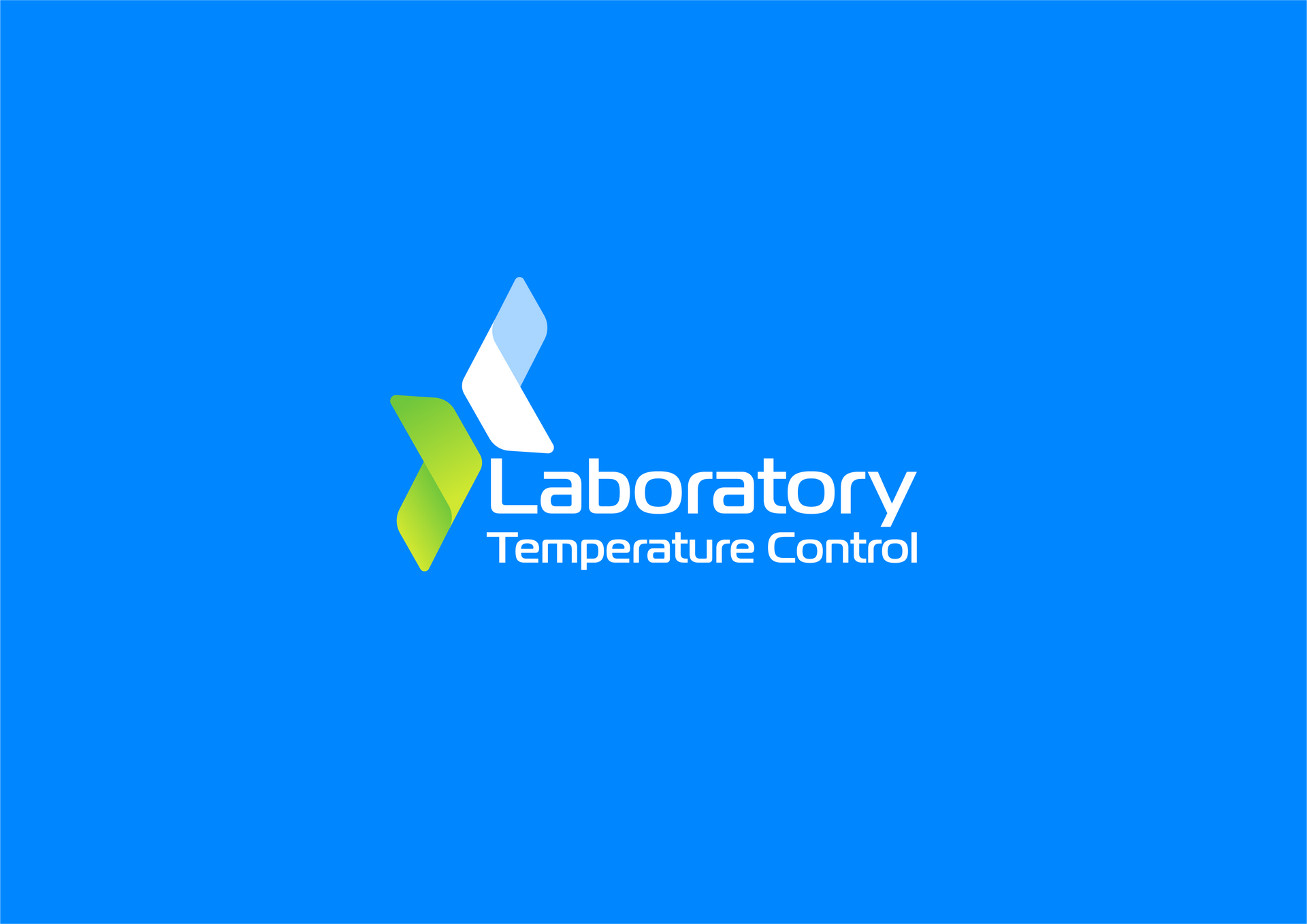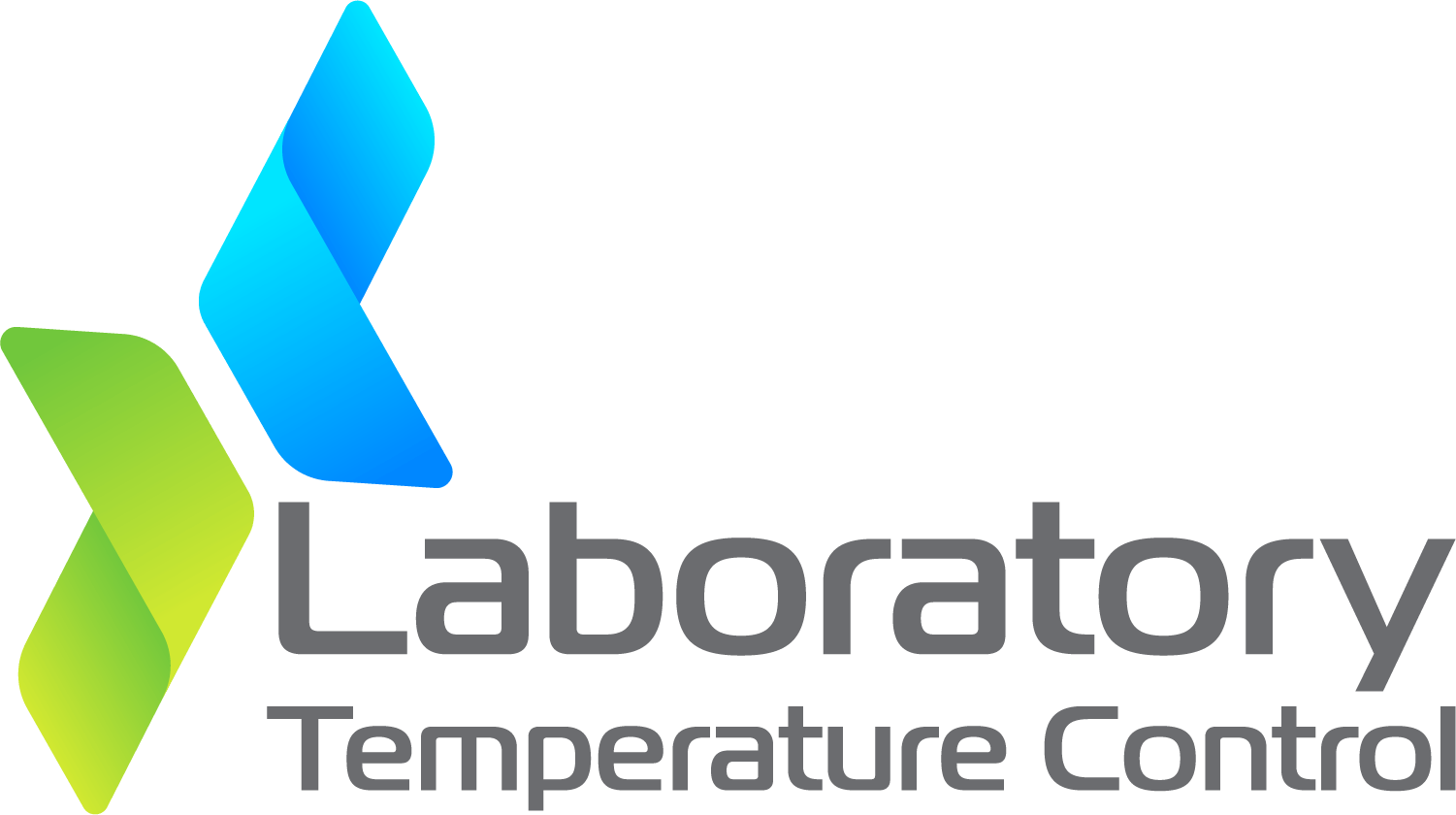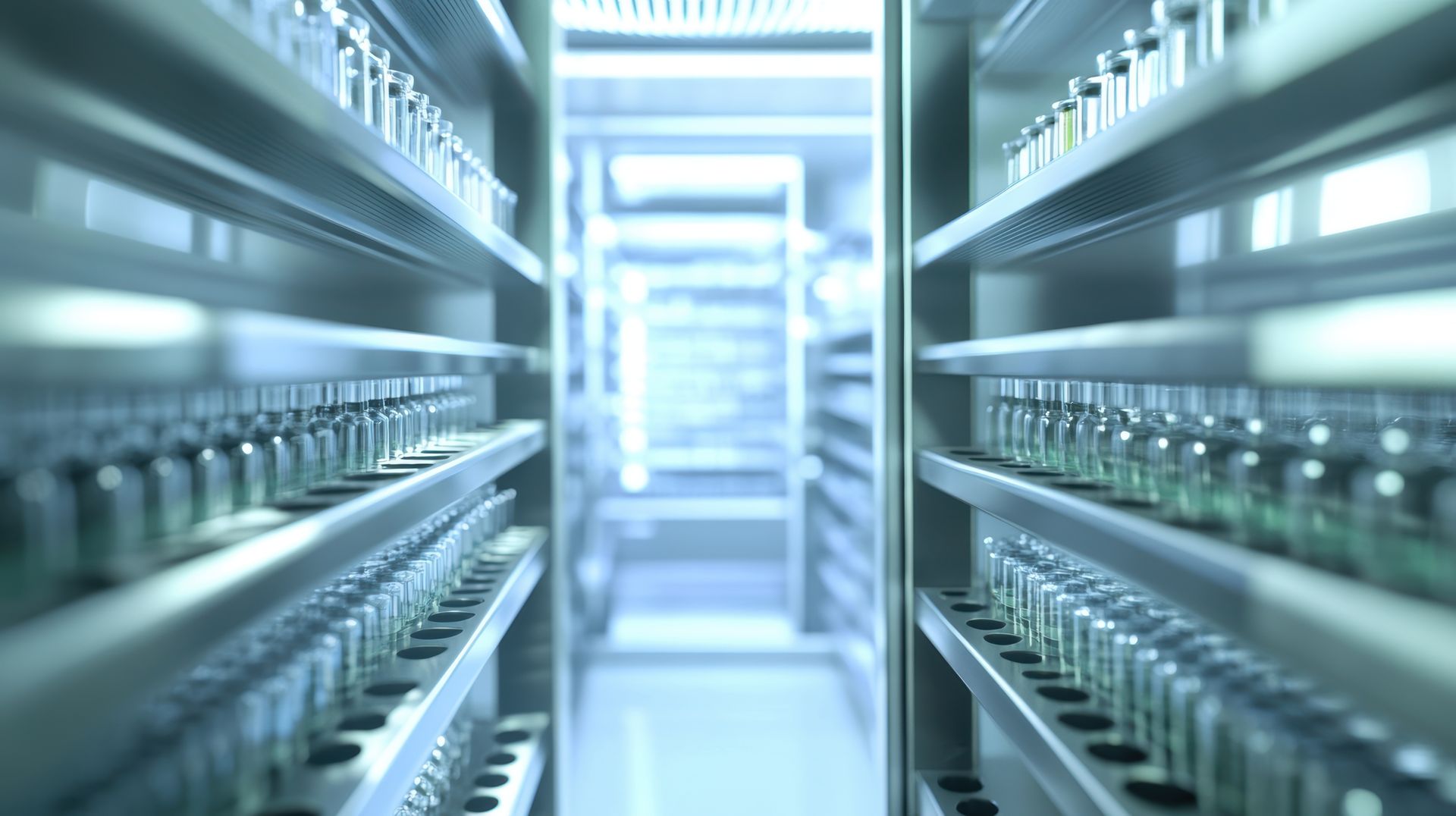November 4, 2025
Introduction: When Reliability Meets Compliance In a laboratory or pharmaceutical facility, your cooling system does more than regulate temperature — it safeguards product quality, supports research integrity, and ensures compliance with strict GMP (Good Manufacturing Practice) standards. Yet many laboratories overlook one critical factor that determines long-term reliability: preventive maintenance. A neglected system doesn’t just risk downtime — it can lead to product loss, failed audits, and costly emergency repairs. In contrast, a properly maintained system operates with precision, efficiency, and confidence. In this post, we’ll explain why preventive maintenance is essential for laboratory cooling systems, what it involves, and how it helps you maintain compliance and performance year after year. 1. What Is Preventive Maintenance — and Why It Matters Preventive maintenance (often called planned maintenance or scheduled servicing) is the process of inspecting, testing, and maintaining equipment before problems occur. Rather than reacting to failures, preventive maintenance identifies early signs of wear, inefficiency, or calibration drift — allowing engineers to correct issues proactively. For temperature-critical environments, this means: Continuous compliance with GMP and MHRA standards. Reduced risk of unplanned downtime. Longer equipment lifespan and lower energy costs. Documented reliability during audits and inspections. In short, preventive maintenance ensures your cooling system doesn’t just work — it performs accurately, consistently, and safely. 2. The Hidden Risks of Reactive Maintenance Many facilities adopt a “fix it when it breaks” approach, but in laboratories, this can be disastrous. Common consequences of neglected maintenance include: Temperature fluctuations that compromise samples or product stability. Sensor or probe drift leading to false readings and data inaccuracies. Compressor failures caused by undetected mechanical strain. Blocked filters or coils reducing airflow and system efficiency. Audit failures due to missing calibration or maintenance records. Even a minor issue — such as a faulty probe or refrigerant leak — can result in a compliance breach and product loss worth thousands of pounds. Preventive maintenance eliminates these risks by keeping every component in peak condition and fully validated. 3. What Preventive Maintenance Involves A comprehensive maintenance plan is tailored to your facility’s systems, workload, and compliance requirements. Typical tasks include: System inspection and performance testing – checking all refrigeration and HVAC components for wear or irregularities. Calibration of sensors and control systems – ensuring temperature accuracy and traceable performance data. Cleaning and filter replacement – maintaining airflow and hygiene standards. Leak detection and refrigerant checks – identifying efficiency losses before they escalate. Validation review – confirming the system remains compliant with GMP documentation. Emergency response testing – verifying backup systems and alarms function correctly. Each visit should produce a detailed maintenance report with test results, corrective actions, and recommendations — a key document for MHRA or internal quality audits. 4. How Preventive Maintenance Supports GMP Compliance Under Good Manufacturing Practice (GMP), environmental control systems must be reliable, validated, and documented. That includes the cold rooms, chillers, and HVAC systems that maintain critical temperature conditions. Preventive maintenance supports GMP compliance by: Ensuring all sensors, controllers, and alarms are calibrated and traceable. Providing documented evidence of regular inspection and servicing. Demonstrating control and consistency during regulatory audits. Preventing data gaps or excursions that could invalidate a batch or trial. An unmaintained system isn’t just an operational risk — it’s a regulatory liability. Routine maintenance is your assurance of both performance and compliance. 5. The Financial and Operational Benefits Beyond compliance, preventive maintenance makes clear business sense. Key benefits include: Reduced downtime: Regular servicing prevents breakdowns and production delays. Lower repair costs: Early fault detection avoids expensive emergency interventions. Energy efficiency: Clean components and calibrated systems run at peak performance. Extended lifespan: Well-maintained equipment lasts longer and operates more reliably. Peace of mind: E ngineers can focus on innovation instead of firefighting. Over time, the cost of preventive maintenance is far outweighed by the savings it delivers in productivity, energy, and avoided product loss. 6. How Often Should Maintenance Be Performed? The optimal maintenance frequency depends on your system type, usage, and regulatory framework. For most laboratory cooling and HVAC systems: Quarterly inspections are recommended for high-usage or critical environments. Biannual maintenance suits moderate-use facilities. Annual validation ensures systems meet ongoing GMP and MHRA standards. Every plan should be bespoke to your equipment and operational schedule, ensuring zero downtime during essential servicing. Laboratory Temperature Control works with clients to create flexible, documented maintenance schedules that integrate seamlessly into existing quality management systems. 7. Why Choose a Specialist Partner While general HVAC firms can perform basic servicing, laboratories require specialist knowledge of cleanroom and temperature-critical environments. Partnering with an expert like Laboratory Temperature Control provides: Decades of experience maintaining GMP-compliant cold rooms and HVAC systems. Engineers trained in validation, calibration, and regulatory documentation. 24/7 emergency support and rapid-response service teams. Fully traceable service reports aligned with MHRA and ISO standards. From calibration to full system requalification, LTC ensures your environment remains compliant, efficient, and audit-ready at all times. Conclusion: Prevention Protects More Than Equipment Preventive maintenance isn’t just about keeping machines running — it’s about protecting your research, your data integrity, and your reputation. By investing in regular, documented maintenance, you safeguard against unexpected failures, regulatory non-compliance, and financial loss. With Laboratory Temperature Control, you gain a partner dedicated to keeping your laboratory cooling systems performing precisely as they should — reliably, safely, and compliantly. To learn more or schedule a maintenance consultation, contact our expert team today and ensure your systems stay one step ahead of failure.

























